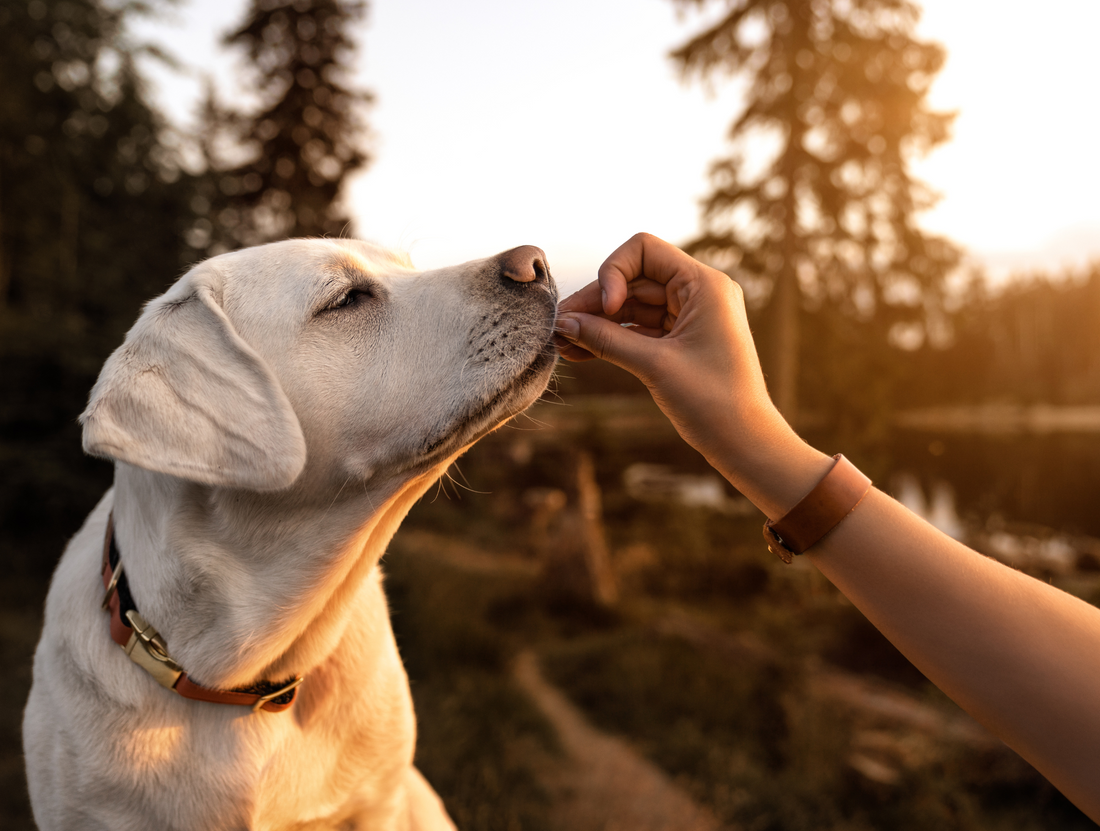Grain Free Dog Food - The solution for a grain allergy

Share
Does your dog suffer from symptoms such as itching, rash, stomach complaints or diarrhea? Then he may have a grain allergy. Grain is a common ingredient in many dog foods, but not all dogs tolerate it well. In this blog we will discuss the symptoms of a grain allergy and why switching to grain-free dog food may be the solution.
Symptoms of a grain allergy in dogs
An allergic reaction to grain can cause several symptoms in dogs. The immune system responds abnormally to certain proteins found in grains, such as wheat, corn and rice. Some common symptoms include:
- Itchy skin
- Red, irritated skin
- Excessive licking or biting of legs or tail
- vomit
- Diarrhea
- Chronic ear infection
It is important to take these symptoms seriously and have a grain allergy diagnosed in your dog by a veterinarian. The vet may be able to perform an allergy test to determine the exact cause of the allergy.
Why grain-free food is the solution for dogs with a grain allergy
For dogs with a grain allergy, it is essential to adjust their diet and switch to grain-free food. Grain-free dog food does not contain grains such as wheat, corn or rice, but instead uses alternative sources of carbohydrates such as potatoes, sweet potatoes and peas.
Grain-free food has several benefits for dogs with a grain allergy:
- Reduces allergic reactions: Avoiding grains significantly reduces the risk of allergic reactions. Your dog's immune system will no longer overreact to the proteins in grains, reducing symptoms such as itching and rashes.
- Improving digestion: Dogs with a grain allergy often have problems with their digestion. Grain-free food can help reduce stomach upset and diarrhea because it is easier for dogs to digest.
- Healthier skin and coat: The itchy skin and rashes associated with a grain allergy can lead to hair loss and a dull coat. Switching to grain-free food can improve skin health and give your dog a shiny coat again.
It is important to be patient when switching to grain-free dog food. It may take some time before you see improvements in your dog's symptoms. Give the new food at least 4-6 weeks to take effect.
Choose grain-free food for your dog
If you decide to switch to grain-free dog food, it is important to make a good choice from the wide range of options available. Here are some tips to keep in mind:
- Quality of the ingredients: Always check the ingredients list on the dog food. Choose high-quality food with natural ingredients and avoid artificial additives.
- Protein source: Make sure the grain-free food contains a high-quality protein source, such as meat or fish. This helps your dog meet its nutritional needs.
- Transition period: Gradually transition to the new food by mixing the old food with the grain-free food. This helps your dog's digestion get used to the change.
If in doubt, always contact your veterinarian for advice on which grain-free dog food is best for your specific situation.
Grain allergies are common in dogs and can cause unpleasant symptoms ranging from itchy skin to stomach upset. Switching to grain-free dog food can be an effective solution to reduce these symptoms. Grain-free foods eliminate grains that cause allergic reactions and provide alternative sources of carbohydrates. Improving digestion, healthy skin and coat are just a few of the benefits of grain-free nutrition. Make sure you choose high-quality food and always consult your vet for advice.
















